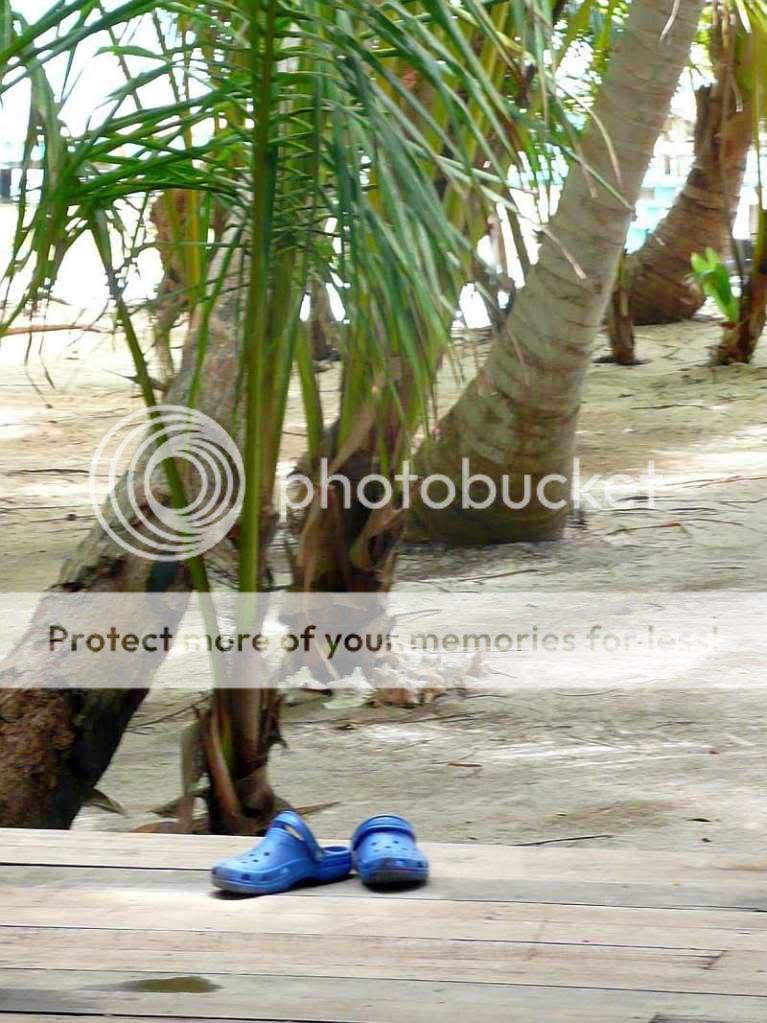We sat through the most impressive thunder and lightning display the weekend we got here. Rain came down in wind-blown torrents, the thunder in tooth-rattling tempests and the lightning was nearly nonstop for nearly three hours. It was a ferocious battle. As the frogs had foretold, Chac Mol, the Mayan god whose portfolio includes rain and thunder, was hard at work. Not yet Mayan, to me thunder still sounds like Dutchmen bowling.
The good news was that very little of the lightning left the clouds. We were happily anchored in a snug little bay with wonderful holding, and after about an hour, I got to where I rather enjoyed the storm. And all that nasty salt water was very thoroughly washed off, at no cost to myself.
But generally, between the loss of horizon and consistent trade wind, the hills rising around me, and a sketchy river chart where up is northwest, I’m feeling a little disoriented.
Sometimes I don’t know where the sun comes up, which way the wind usually blows. Where does this road come from, or go? Don’t know why these thunder clouds don’t scoot on past in a big hurry, or why the lightning is so intense for so long. Can’t begin to guess whether it will rain, or not – every day contains within it every possible option, (except cold) so far as I can tell.
Not sure how far above sea level I am, or what those trees are in bloom. There are dozens of lovely bird songs and frog/cicada/cricket chirps, but I can’t name any of them. Doesn’t keep me from enjoying them, however.
Can’t understand a lot of what’s said around me, parallel to my ignorance of the natural world. Kinda peaceful like that.
What should I pay attention to, and what can I ignore?
HYACINTH REFLECTION
Another feature of the spring is the burning of – something, maybe the corn fields, or maybe trees to make corn fields. Chac Mal is also the god of corn. What I took at first to be extreme haze was instead ‘humo’ smoke. There was so much that we could not only not see the shore ten miles across the lake, but we couldn’t see the mountains rising 4000 feet behind them. What we could see was dozens of small floating islands of water hyacinth, or something like it. It was eerie – more like icebergs in a blizzard than soft green flowered plants in 80 degree water.
LAGO FLOATING ISLANDS 
My new friend Claver told me the hyacinth flotilla came from a certain river at the end of the lake, after a big rain. Lots of other things come too, he says, trees, animals, cows, crocodiles, turtles, snakes. I wouldn’t expect garter snakes.
So, apparently Chac Mal is alive and well, and running his particular sphere as he always has.

























